Research
I work on the intersection between theoretical high energy physics, cosmology, quantum information, and gravity (hep-th, astro-ph.CO, quant-ph, and gr-qc). You can find my papers in INSPIRE-HEP or Google Scholar.
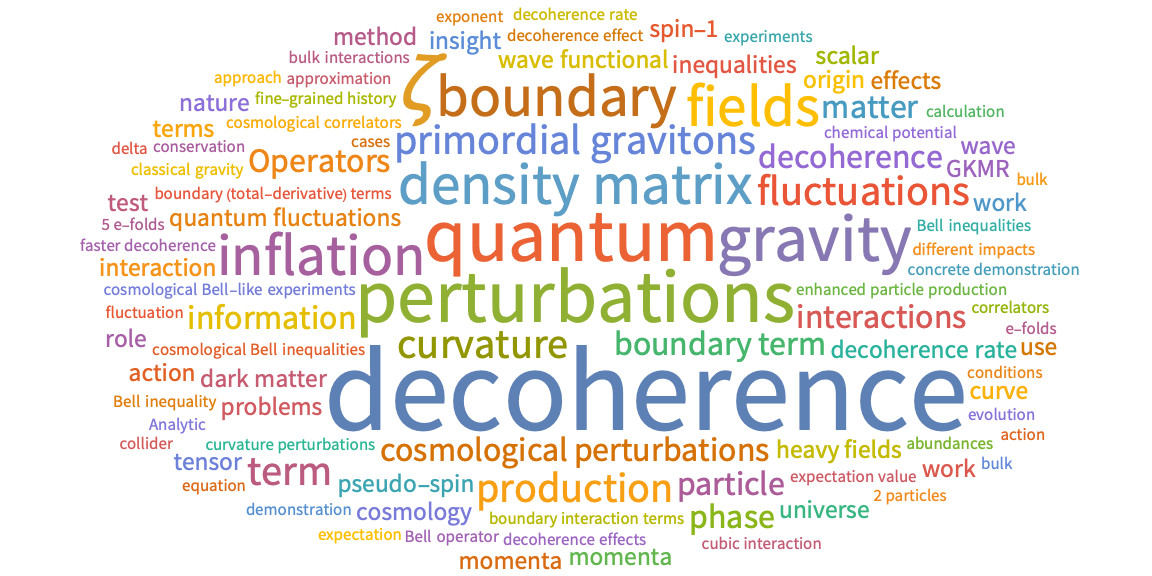
Entanglement features in scattering mediated by heavy field
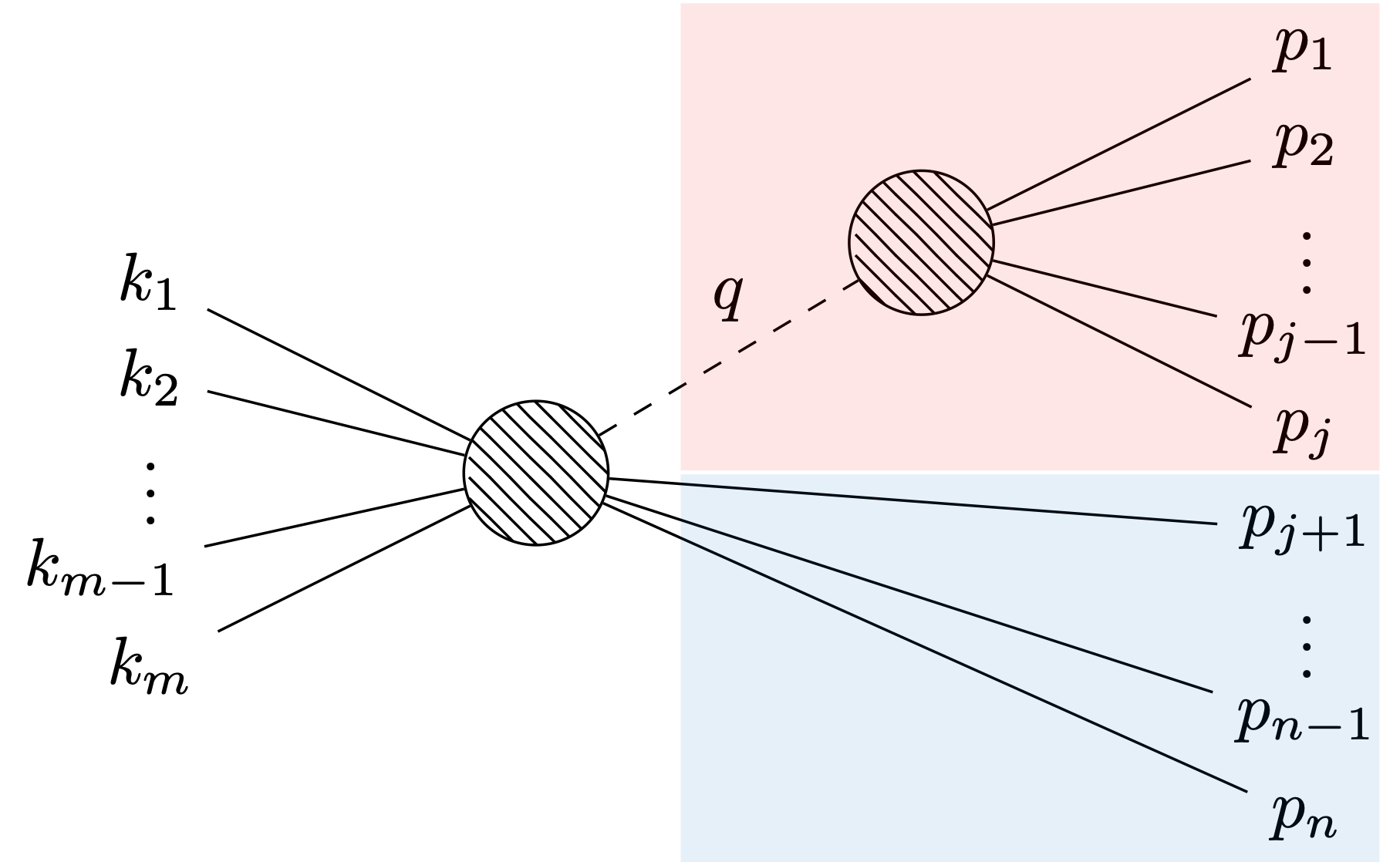
Quantum entanglement has attracted growing interest in collider physics in recent years. Multiple Bell tests have been proposed in various scattering processes, and signatures of entanglement have already been observed at the Large Hadron Collider (LHC). From a theoretical perspective, it is important to understand the underlying principles and generic features of entanglement in scattering. One notable result is an area law: the entanglement entropy generated in 2-to-2 elastic scattering is proportional to the total cross section.
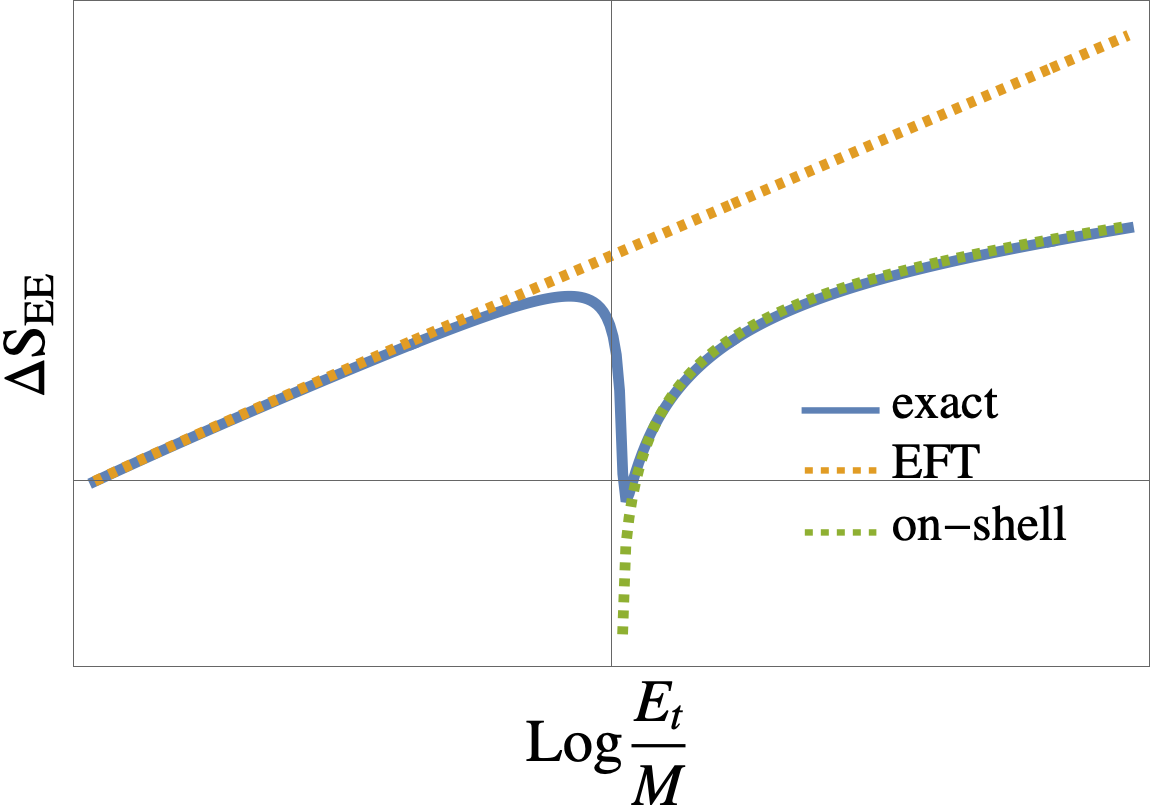
To go beyond this simplest case, we study inelastic scattering processes with more than two final-state particles, involving an intermediate heavy particle that decays into light particles. As the total energy increases, we find that universal dip features emerge in the entanglement entropy between the heavy particle’s decay products and the remaining light particles not originating from the decay.
Selected papers:
- C. M. Sou, Y. Wang, and X. Zhang, “Entanglement features in scattering mediated by heavy particles,” JHEP 10 (2025) 003, arXiv:2507.03555.
Quantum nature and decoherence of cosmological perturbations
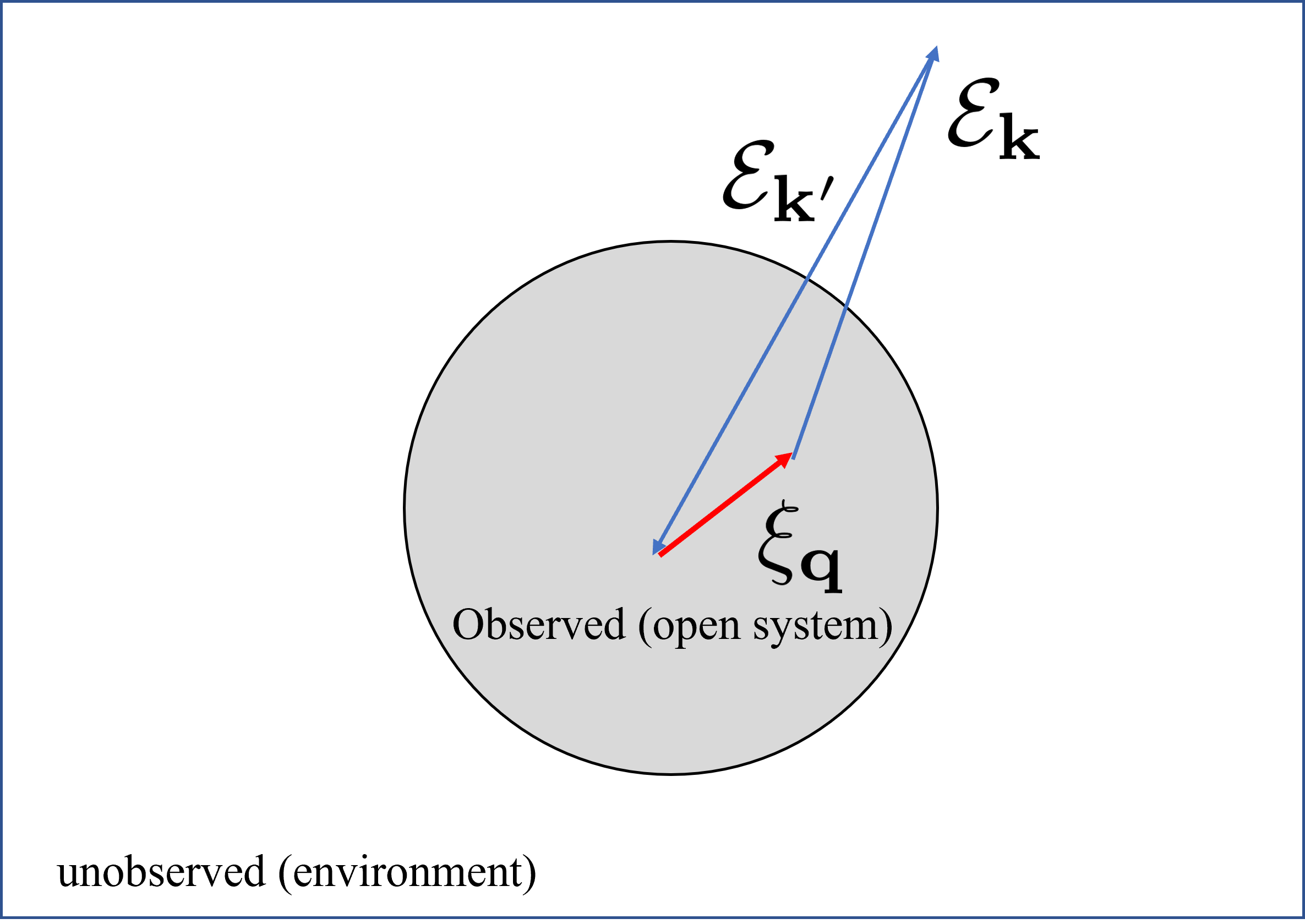
Inflation proposes that the large-scale structure of the universe originates from the amplification of primordial quantum vacuum fluctuations. These fluctuations are stretched to cosmological scales during inflation, and their quantum features may remain observable, as suggested in some recent proposals. However, to reconcile these quantum-origin perturbations with the classical structures we observe today, a quantum-to-classical transition, typically described by decoherence, is expected. How do these two effects, quantum coherence and classicalization, interplay during inflation? Addressing this requires quantitative analysis informed by current observational constraints on inflationary models.
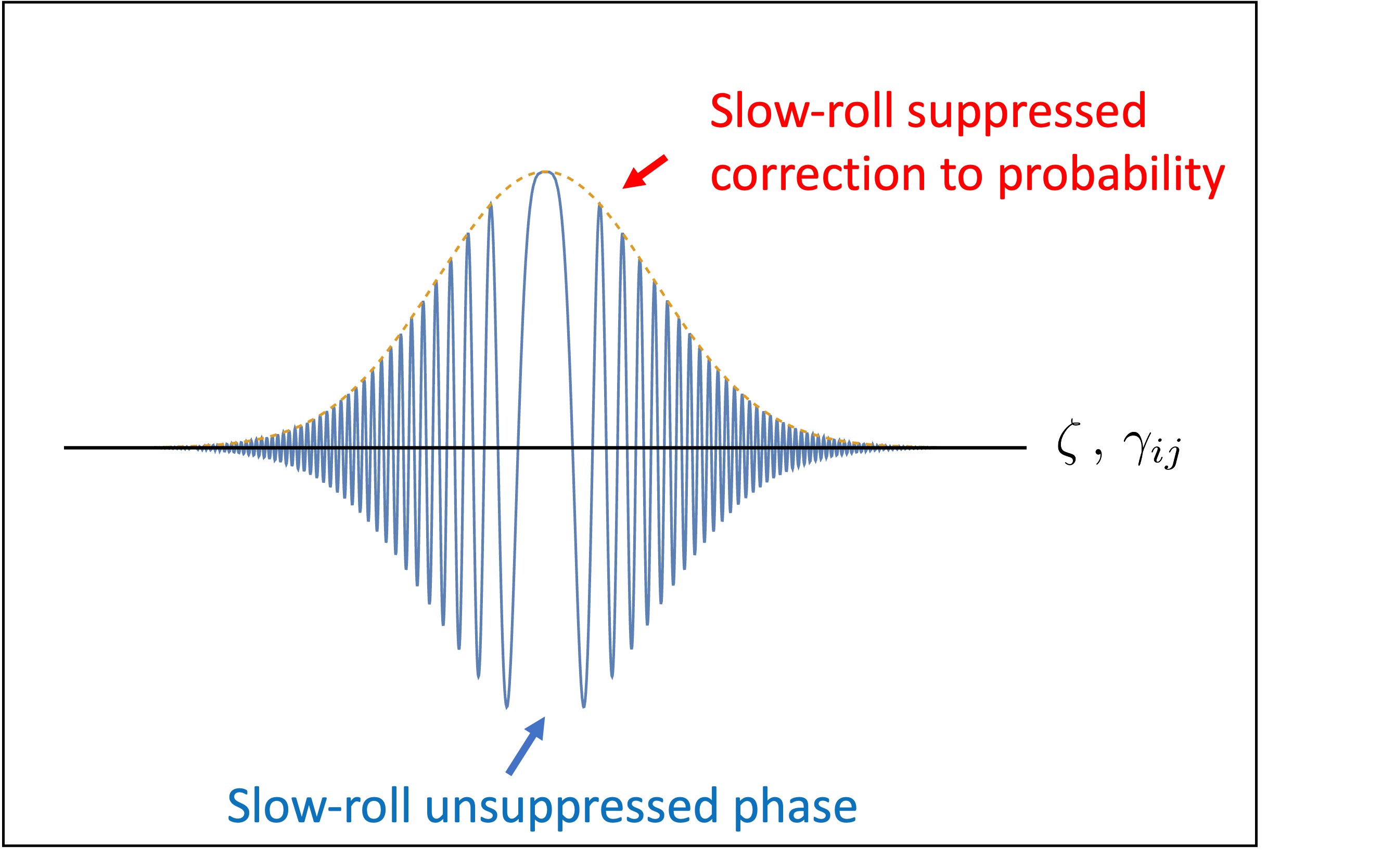
We find that decoherence rates estimated in the literature often neglect contributions from slow-roll–unsuppressed total-derivative interaction terms, leading to underestimations by several orders of magnitude. To systematically treat all interaction terms perturbatively within gravitational theory, we analyze the wavefunction of the universe, in which the phase factor, responsible for decoherence, is correctly identified.
Selected papers:
- C. M. Sou, J. Wang, and Y. Wang, “Cosmological Bell tests with decoherence effects,” JCAP 10 (2024) 084, arXiv:2405.07141.
- S. Ning, C. M. Sou, and Y. Wang, “On the decoherence of primordial gravitons,” JHEP 06 (2023) 101, arXiv:2305.08071.
- C. M. Sou, D. H. Tran, and Y. Wang, “Decoherence of cosmological perturbations from boundary terms and the non-classicality of gravity,” JHEP 04 (2023) 092, arXiv:2207.04435.
- J. Liu, C.-M. Sou, and Y. Wang, “Cosmic Decoherence: Massive Fields,” JHEP 10 (2016) 072, arXiv:1608.07909.
Gravitational production of primordial massive particles
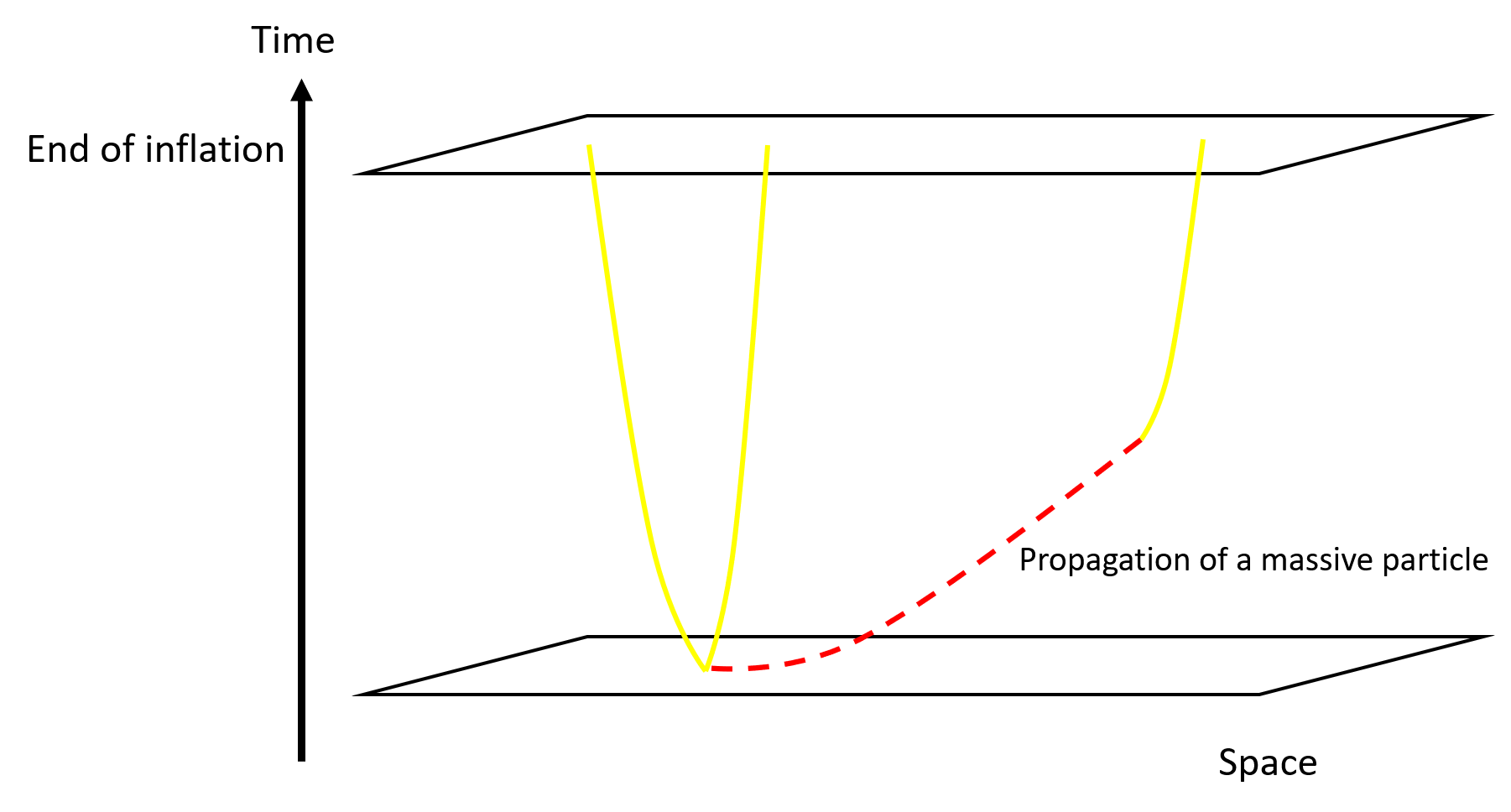
The inflationary epoch offers a high-energy setting where particles with masses above collider-accessible scales may be produced. To investigate the imprints of such heavy fields on cosmological observables, we analyze their production mechanisms during inflation using asymptotic series technique.
Selected papers:
- C. M. Sou, X. Tong and Y. Wang, “Chemical-potential-assisted particle production in FRW spacetimes,” JHEP 06 (2021) 129, arXiv:2104.08772.
- L. Li, T. Nakama, C. M. Sou, Y. Wang and S. Zhou, “Gravitational Production of Superheavy Dark Matter and Associated Cosmological Signatures,” JHEP 07 (2019) 067, arXiv:1903.08842.
